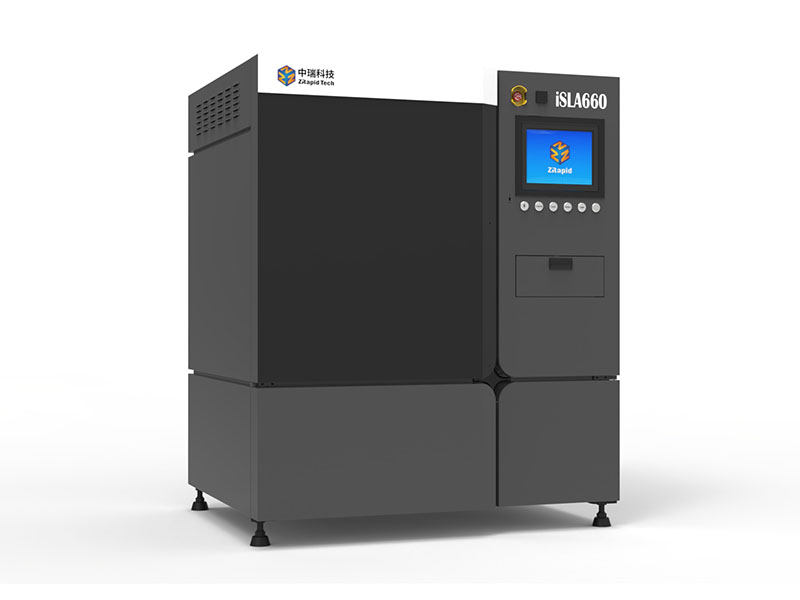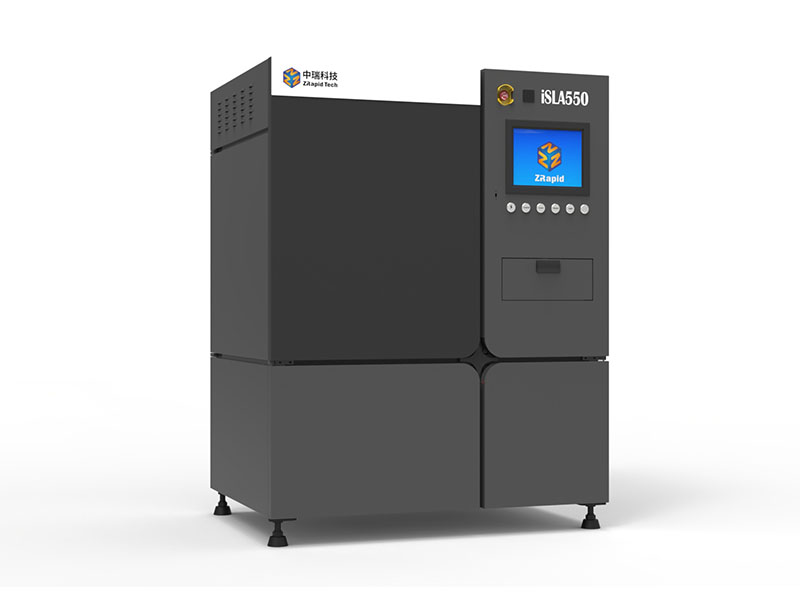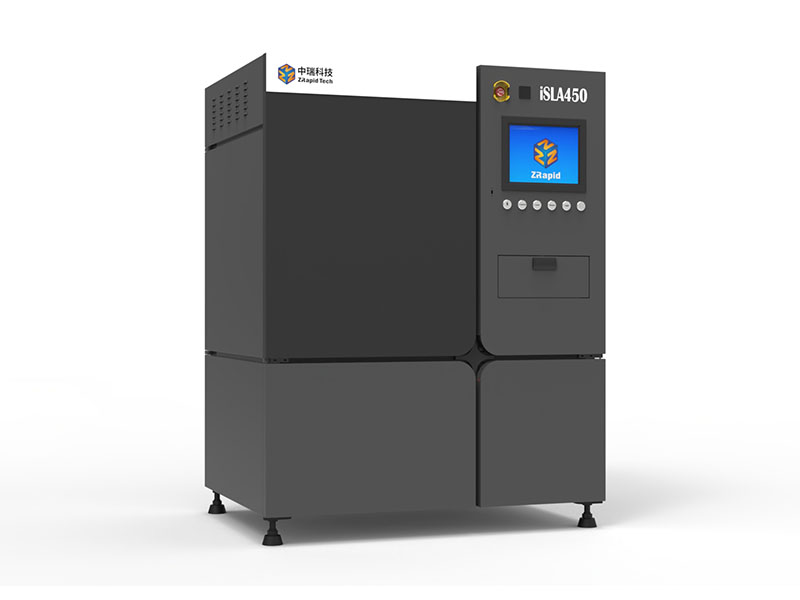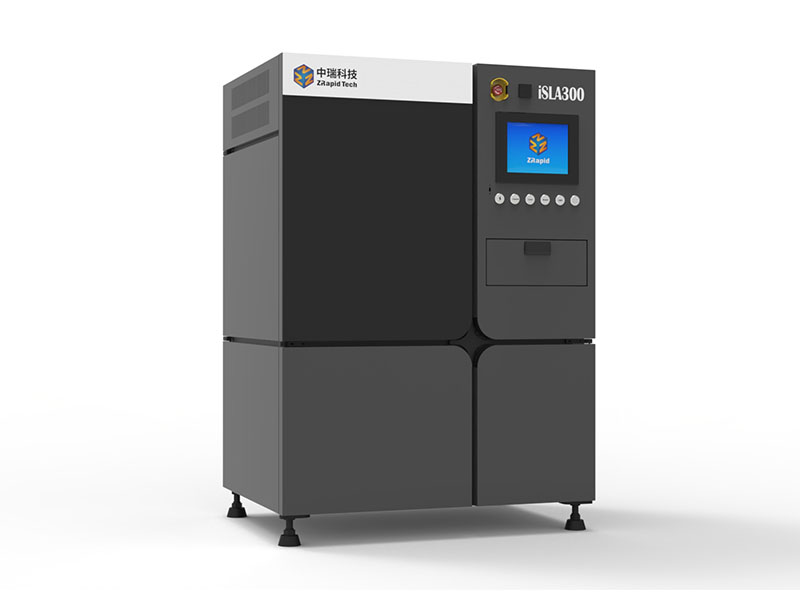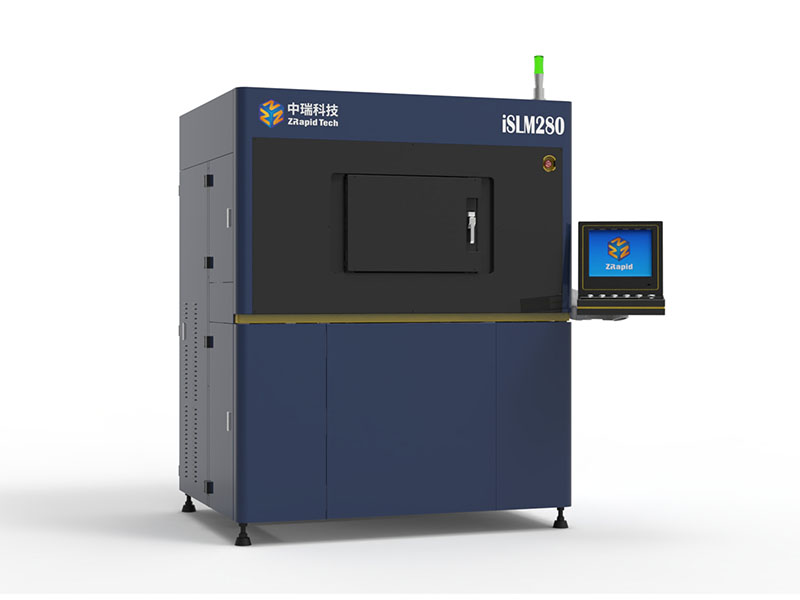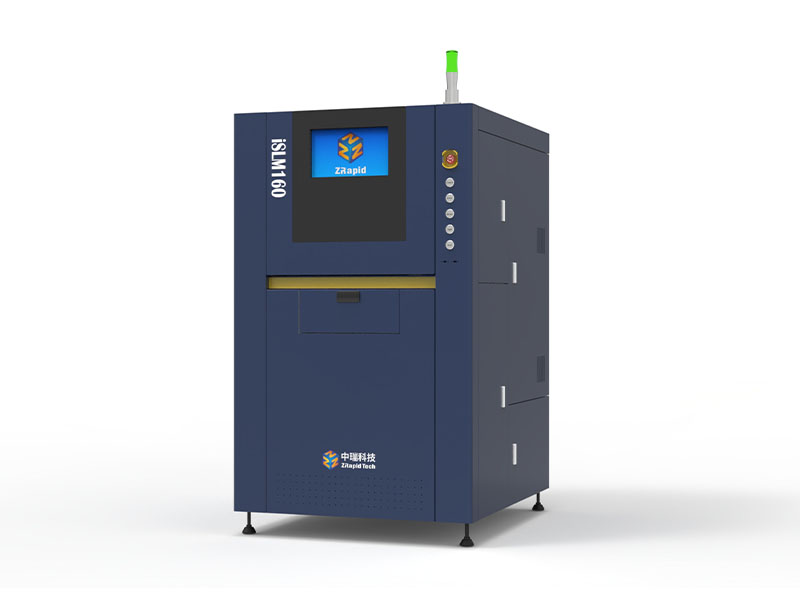The Orkney Islands are an archipelago off the northern coast of Scotland. Comprised of 70 islands, about 20 of which are inhabited, it has a rich and storied history and has provided insight into some of the oldest western European settlements. The islands have been inhabited for at least 8,500 years and their Neolithic remains are designated as UNESCO world heritage sites. Prior to the islands’ domination by Nordic Vikings, the people belonged to the Pictish kingdom. The exact nature of the disappearance of the Picts from Orkney remains a mystery to this day, with theories ranging from genocide to peaceful integration into the invading Nordic culture.

With all of these thousands of years of history, there is a great deal of archaeological interest in the islands. Ben Price, a student at the University of the Highlands and Islands Archaeology Institute, understood the value of studying the past by using the latest technology. In this case he was particularly interested in a set of molds from the 1st to 3rd century CE used to create jewelry for the islanders.

The molds were originally uncovered at the Cairns on South Ronaldsay but are too fragile to be used to recreate the jewelry once made in them. What Price did, instead of risking damage to the molds, was to scan them and use that data to create a digital model of the pin which was then 3D printed in wax. That 3D print was, in turn, pressed into clay and used to create a new mold via the lost-wax technique wherein the mold was filled with molten bronze, melting the wax pin and filling the space it had occupied.

Bronze was chosen as the material because it is what would have been used by the people in the Cairns all those years ago. The ability to create a mold and recreate the jewelry gives people a hands-on method for understanding the objects that were part of life in the area during the first centuries CE. The leader of the Masters Degree Program, Martin Carruthers, explained what was gained through this undertaking:"This process gives us a unique and exciting insight into the objects that the people of the Cairns actually experienced and used over 2,000 years ago. You can see the imperfections and the work involved. The process also opens up many possibilities in terms of experimental archaeology in addition to educating the public at large. The object also in a way opens up the possibility that the Iron Age was full of color and bright objects that were treasured. Perhaps they were not so dissimilar to people of today."
There is something to be said for the ability to bring into the physical world elements of the past that, without this non-invasive technology, would have either risked the destruction of material evidence or been prohibitively costly to undertake. Now, with relatively little effort, we can see and even touch the objects that were precious to a people who lived so long ago. Discuss further in the 3D Printed Ancient Jewelry Molds forum over at 3DPB.com.
original text : 3dprint.com
ZRapid Tech - Innovator of 3D printing technologies. Click here to enter: http://www.zero-tek.com/



